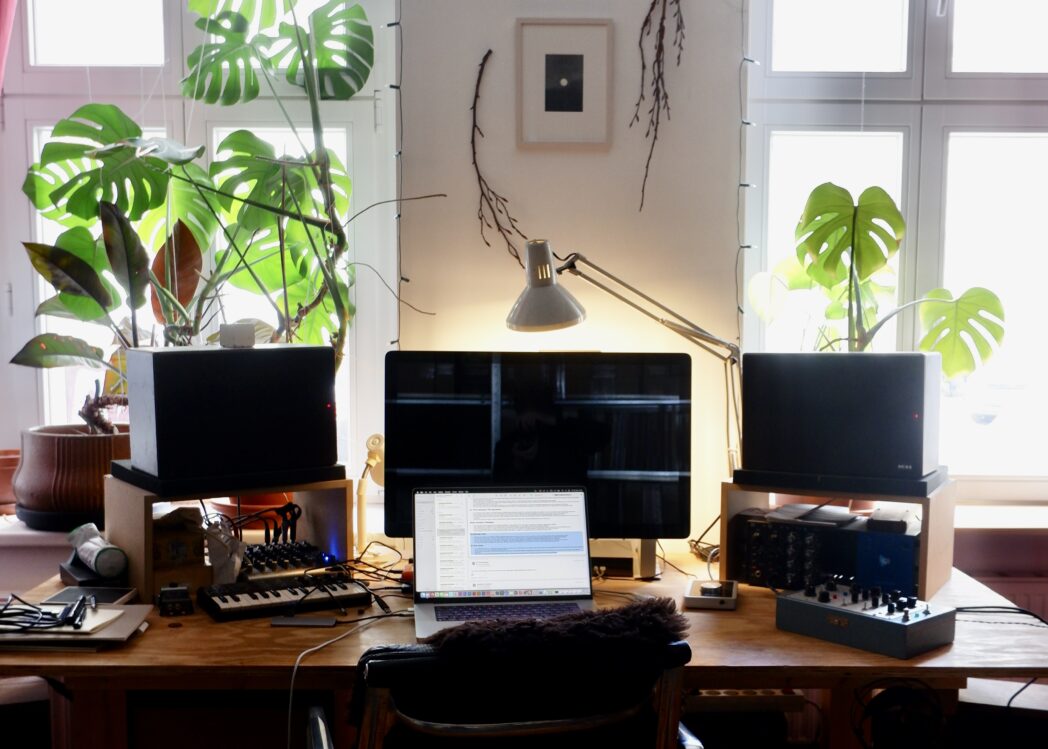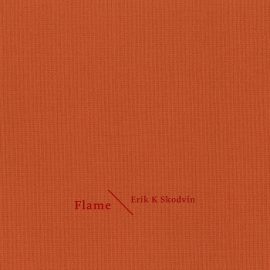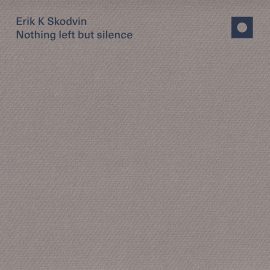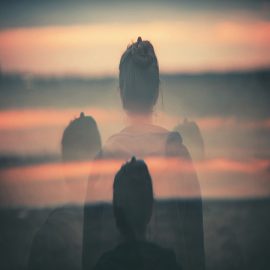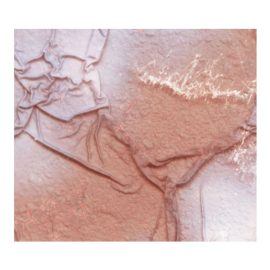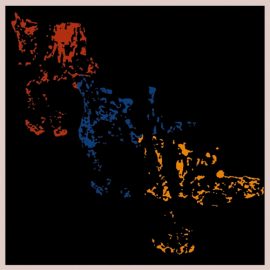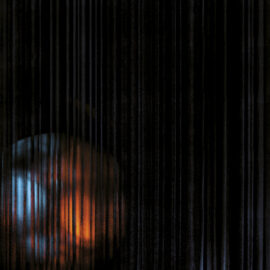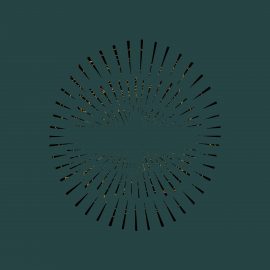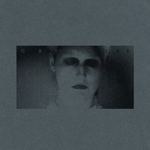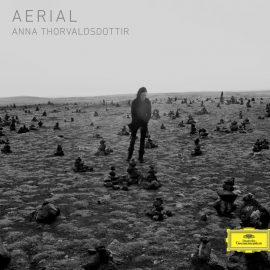The following is an excerpt from an Interview with Erik K Skodvin, who is currently the featured artist on Headphone Community. For only $1 a month, you can join us in an intimate discussion, where you get to ask your questions as well, knowing that every contribution goes directly back to support the artist. Join us now for an ongoing conversation about Erik’s music, where this interview is currently in progress, published in multiple parts!
Throughout your career, your compositions have often been described as inhabiting dark, atmospheric realms. How do you personally relate to this characterisation, and has your relationship with “darkness” in music evolved over time?
I welcome that description for sure. To me, this darkness is something inhabiting every one of us, and it feels natural to me to channel this. It’s a way to heal myself while openly embracing a part of life which often stays hidden. Though it wasn’t always like that. My early musical projects had little darkness in them. Over time, this showed itself more and more in my music. It’s not really that I even thought about it. It just felt right. When we made “Pale Ravine” back in 2005, it felt good to mix in some dissonance/darker tones into what could have otherwise become a very “light” and “pretty” album. Out of this came Svarte Greiner and “Knive”, which started my path down what many would call “dark” music. To me, it was never as dark as people say. It rather plays with the middle point of light vs dark, which in a way is the epitome of all life. Since then, I’ve been embracing the dark side of the human condition, without ever wanting to become “evil”. There’s so much music out there that is purely dark, which does not affect me. For example, the “dark ambient” tag is something I cannot attach myself to. To me, that is not interesting. I want to explore what’s in between, and I’m more interested in the light that’s in the darkness. The visual poetry, beauty, and mystery within it. The unknown.
There’s an evocative quality to your work that creates mental imagery without explicit narrative. Do you intentionally craft sonic spaces that allow listeners to project their own stories, or do your compositions begin with specific visual inspirations?
There is a lot that cannot be explained when it comes to music and how it comes to be. It is often something that lies beyond comprehension. I do not understand everything about how I make music and where it comes from. I know I’m a very sensitive person who sees details, lights, and shadows all around me. I absorb my surroundings and create sound out of them. It’s otherwise hard for me to identify exact inspirations for my work – unless it’s a commissioned piece, where it’s an obvious source of inspiration. I don’t like to explain too much in my music. It’s often a balance between sound, title, and images, which should create something that transports you somewhere else. Wherever that might be is up to the listener. So, yes, in a way, you could say it’s intentional that I create mental imagery with an open narrative.
Listeners often say your most foreboding pieces feel strangely comforting. Why do you think tension and solace can coexist in low frequencies and slow tempos? What emotions or states beyond conventional “darkness” do you hope listeners might discover in your work?
The merger of tension and solace in slow tempos can be seen as an example of yin and yang in sound, where they both fulfill each other to create something more. Something that resonates with the body and mind, and by so creates a sort of audible symmetry. This is something I have been especially exploring in pieces like “Black Tie”, “Moss Garden”, and the latest, “Devolving Trust”. This is where you are put in a zen-like state by merging slow-moving deep frequencies and space with tension, beauty, and darkness as a sort of siren who drags you in. I feel this has a hypnotic effect, which I personally love to be in. I hope to create this emotion in the listener as well. Where there exists no time or space, yet you somehow feel a strong sense of belonging. These pieces are also made to be looped, so that you, in theory, could bathe in them forever.
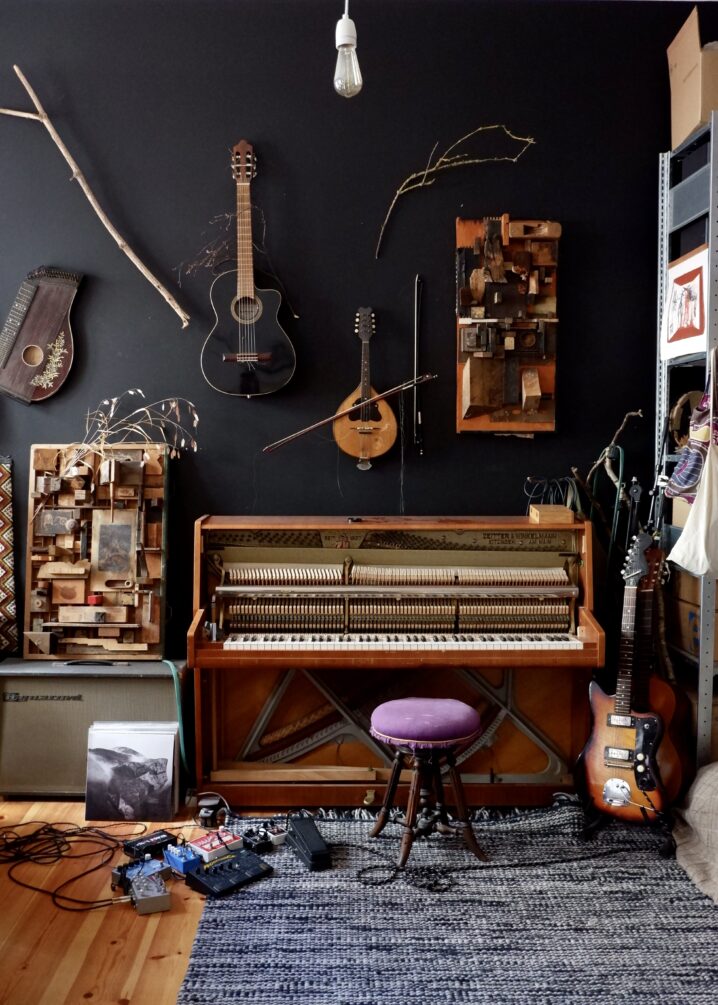
Natural elements (like forests and water) appear frequently in your visual aesthetics and musical textures. How does the Norwegian landscape inform your sonic approach to darkness?
In the early days of Svarte Greiner and Deaf Center, it was a big inspiration, even if I didn’t necessarily go to it much myself at the time. It was more the idea and mystery of nature that was inspiring. It still is a big inspiration for me, although the elements, like you mentioned, have declined over the years, especially since leaving Norway for Berlin about 16 years ago. I’d say albums like “Pale Ravine” and “Knive” were the epitome of this sound, although with recent soundtrack works like “Schächten” and “From Darkness”, the natural elements are slowly coming back, exploring darkness within nature. However, you could argue that everything I did in between also has a strong connection to nature, only more in the outer limits as a spiritual guide.
Your music often creates a sense of liminality, existing between states or worlds. Is this threshold space something you consciously explore, and if so, what draws you to these boundary areas?
This brings us to spirituality and the unknown. Something that interests me a lot. What lies beyond, what we cannot see, and the obscurity of life itself. I’m especially interested in dreams. I have very surreal dreams almost every night, something I’ve had since I was young. These abstractations, and scattered pieces of hard-to-define surrealism, have over time more and more attached themselves to my work. I love playing with these boundaries in between the wake and sleep, present and future, and generally of all that cannot be seen or understood. We humans seem to think that we can control and understand everything. I think it would be better if we embraced this unknown more.
